 We keep hearing the word “Festivalization” when it comes to exhibitions. Chet Burchett, Reed, at the recent UFI Global Congress said our focus should be about delivering a solid business experience more than offering fun with our events. I think we can deliver an enhanced experience by combining the two in a thoughtful, creative way.
We keep hearing the word “Festivalization” when it comes to exhibitions. Chet Burchett, Reed, at the recent UFI Global Congress said our focus should be about delivering a solid business experience more than offering fun with our events. I think we can deliver an enhanced experience by combining the two in a thoughtful, creative way.
Written by Stephanie Selesnick, President of International Trade Information, Inc.
Festivalization is a term coined to describe making b2b events more fun and experiential – similar to what music, food and beverage, and fan festivals offer. It doesn’t literally mean bringing in rides or DJ’s onto the show floor (which is fine if it works with your industry or demographic).
What if we go back to what festivalization adoption looks like. All b2b events should offer multidisciplinary programming, immersive environments, and seamless experiences. Let’s go through each one and hopefully shed light on what your organization may do to add modern, meaningful, interactive experiences to your exhibitions.
One important note: most festivals (including the huge music ones) don’t offer the same exact experience for all attendees, and neither should you! Some experiences are meant to be for the masses, others for small, intimate groups (newbies, or new market segments?), and still others VIP’s.
Multidisciplinary Programming – this is a fancy way of saying exhibitions should offer different educational tracks in a variety of ways. In the US, where over 60% of exhibitions are owned by NGO’s (Associations), education and recertification for professional designations are a key component of annual exhibitions. Please do not separate out tracks using the terms beginners, manager and executive levels – no professional wants to be seen in any beginner session – especially if they are over 40. Get creative with descriptions. This will all dovetail nicely when personalizing the educational offerings in your attendee promotion.
Hold the mix of programming between the show floor and traditional breakout rooms. Include a variety of sessions besides panel discussions. Go for interactive workshops with experienced facilitators or even a hackathon to solve industry challenges.
Immersive Environments – are any of your exhibitors using VR (virtual reality) or AR (augmented reality)? How can your show highlight or incorporate these experiences? Can you put a factory or supply chain together on the show floor?
Here’s another idea – instead of boring lounges, why not put together Instagram worthy backdrops and props? Designate an area where attendees can take a break from the show floor, on the show floor. It shouldn’t be just a place to sit. It should be interactive. This may also be the place for a DJ. Photo and virtual karaoke booths also work in a pinch. Don’t forget to include your exhibition’s hashtag. It won’t only be used by millennials.
Seamless Experiences – be consistent. Use humor, but don’t dilute or devalue your Brand, and do bring it up to the 21st century. Use graphics for your show in such a way that attendees, exhibitors and sponsors know they are in Pizza World, or whatever industry your show serves.
Ask your team what their favorite parts of attending any live events are – and how could those experiences be modified to jazz up your exhibition. Then use some. Let us know the results!

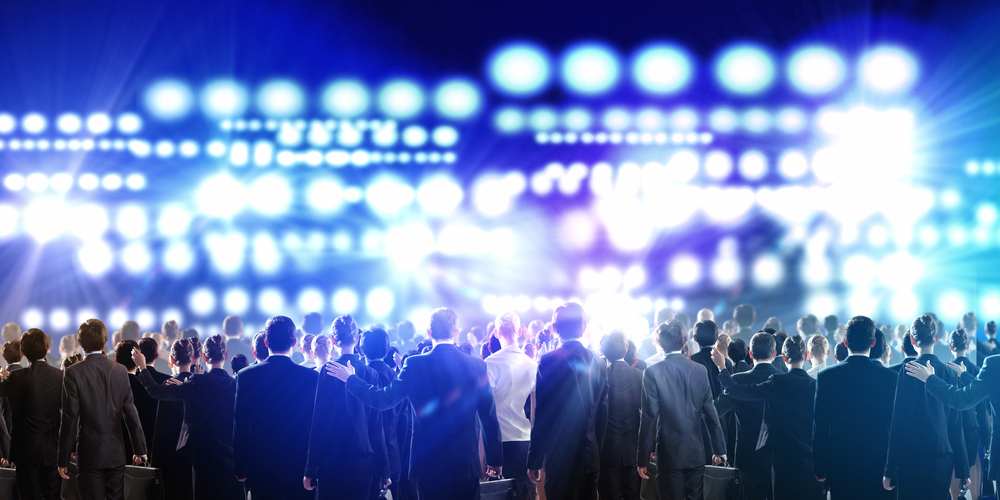
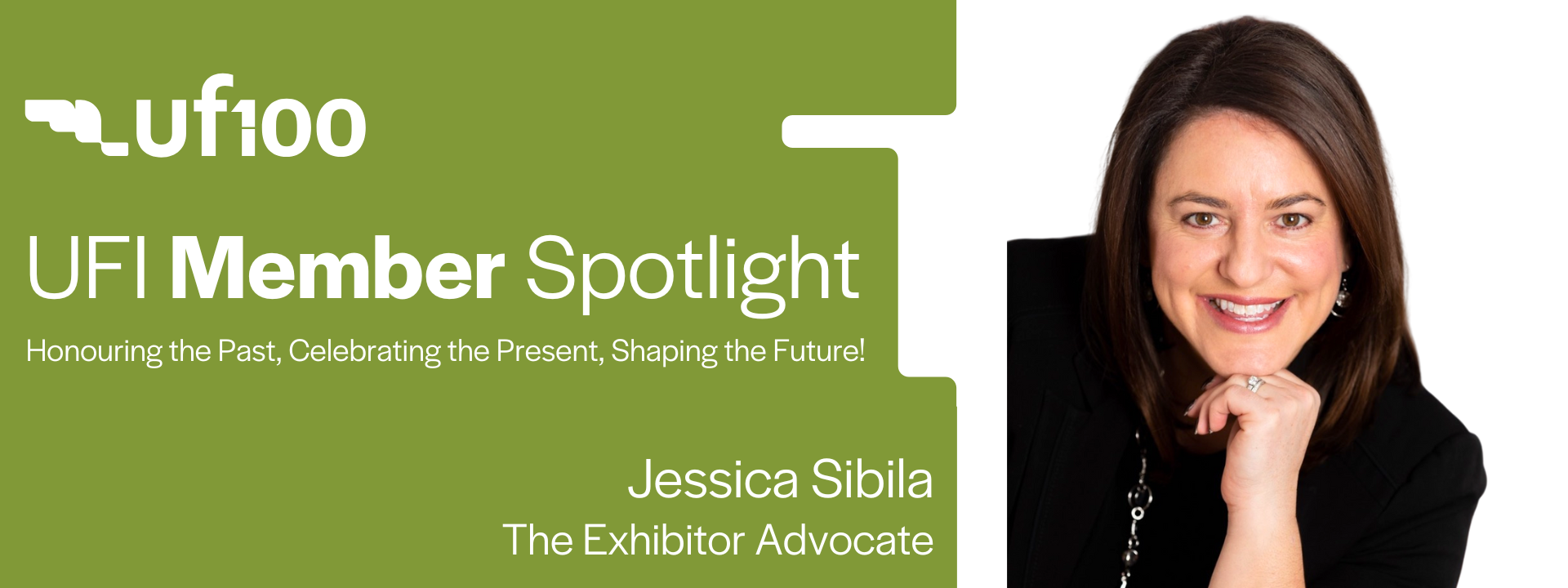
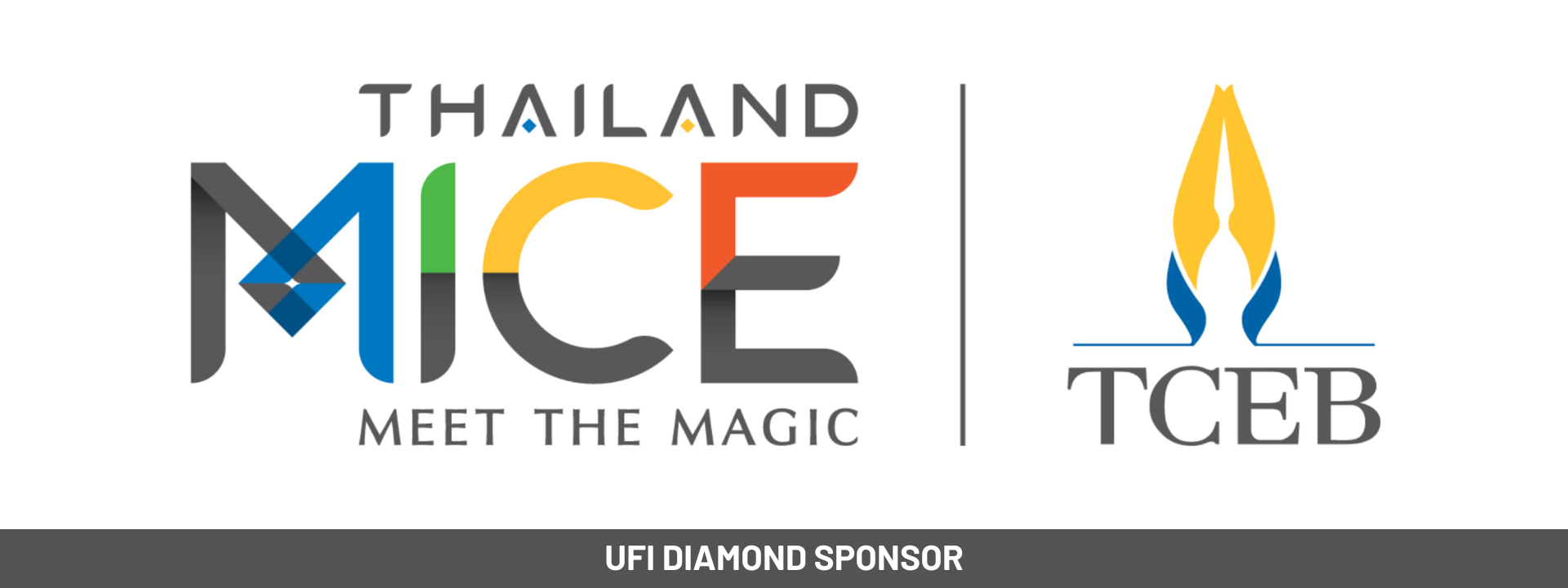
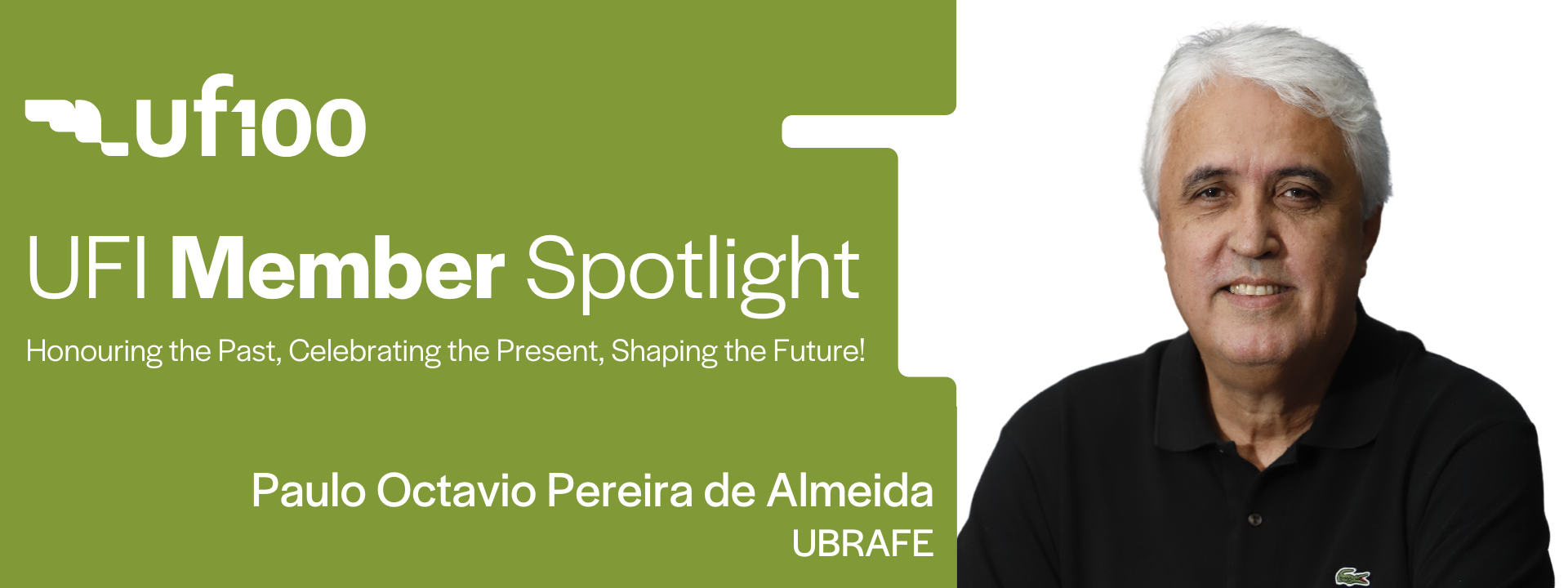

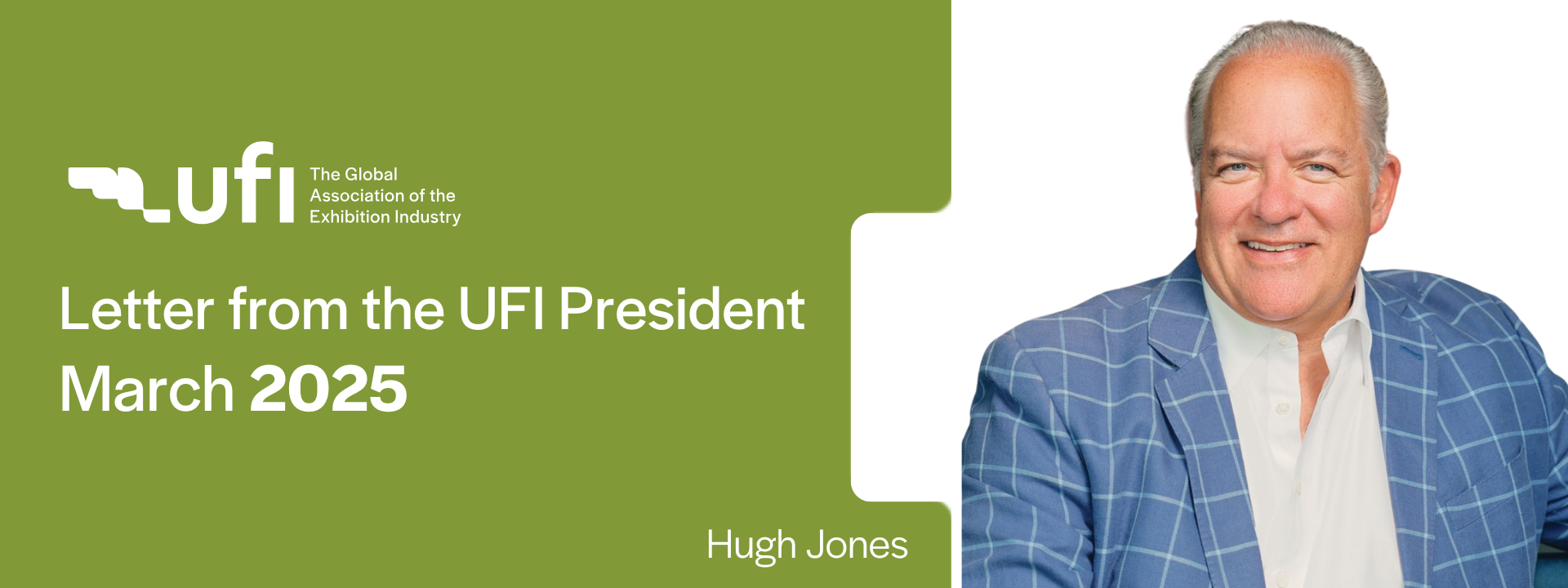
Dear Stephanie, thanks for the most interesting insights referring to “Festivalization” and your examples what to do (instead). I personally think “Festivalization” has become a buzz word for trade shows being in trouble with their concept. You rightly mentioned what to do for different categories of visitors and here lies the problem, that the organizers do not really know how the attendees are changing their attitutes towards trade shows. For example looking at the auto salons where all of a sudden new concepts, new show dates and more content features (out of the box) are implemented to convince exhibitors to come back hoping to attract new attendee groups (Generation X,Y,Z you name it). See Mercedes Benz with meConvention. Marketers of the big brands using KI, programmatic advertizing, influencer marketing, AR/VR to attract and track their customers (customer journey). Trade show organizers are now following that road (or have to) to comply with the requests of big brands to attract new groups of attendees and to guarantee “brand safety” (another buzz word).
Dear Stephanie, thank you very much for this most interesting blog post. The ideas it unfolds are certainly important for the trade fair industry to address younger target groups, who will soon decide whether trade shows are still a suitable marketing tool. Currently, the exhibition market is characterized by cancellations (CEBIT, Bread and Butter), postponements and changes in concept (IAA Frankfurt, North American International Auto Show, Detroit, several cancellations of MCH exhibitions, endangerment of Basel World, etc.). Cebit may serve as an example where festivalization had nothing to do against the market trend. So it seems that new technology and content have to find their way into the fair concept urgently, but it is just as important to know the “Customer Journey” of (especially) visitors and exhibitors. Here the buzzwords of marketing will have to be taken into account in the development of trade fairs such as “programmatic marketing”, AI (machine learning), of course VR/AR in the technical orientation, content and where it fits – festivalization. The competition also takes place for trade shows in the online sector, just like with e-commerce ROPO (research online purchase offline), if it works well. And not to forget, how do the big brand exhibitors decide to stick to their own events (Mercedes Benz: me Convention) or the classic trade fair cycle (IAA etc)? Nothing is certain, the trade fair business will become more complicated, but as always it will remain exciting.